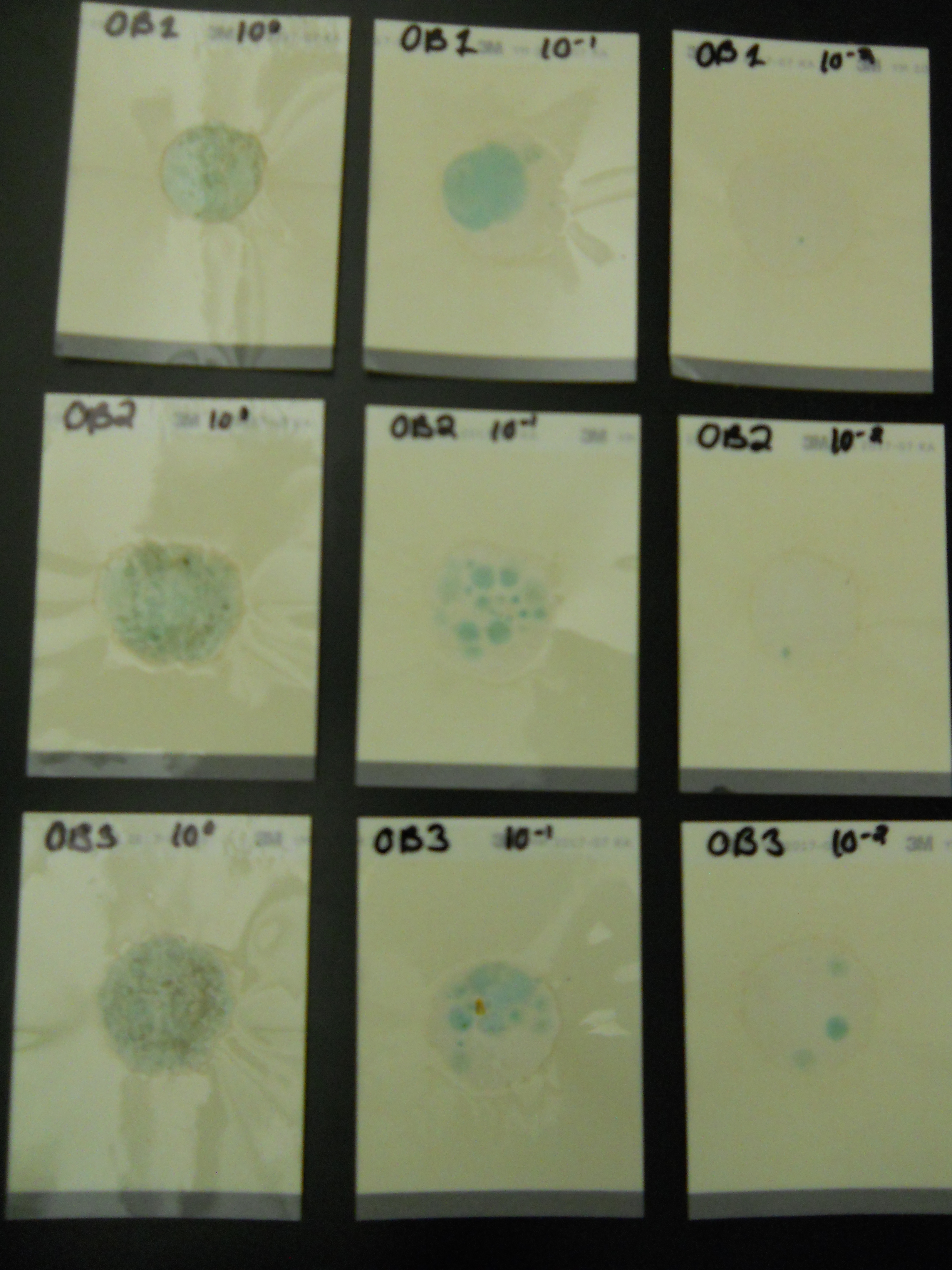Home Introduction Procedure Troubleshooting Sample Results Bibliography Contact Us Acknowledgements
Introduction
There is a specific
type of fungi called xerophilic fungi, which means “dry-loving,” and they
reproduce rapidly in dry soil. Xerophilic fungi are able to grow in dry
environments at or below a water activity of 0.85 (Petterson, 2011).
Xerophilic fungi are able to reproduce rapidly in these dry environments
because they can metabolically increase the amount of dissolved solids in
their cells at will when exposed to a highly concentrated solution of
dissolved solids. They have a built in water preservation mechanism which
allows them to survive and thrive in dry environments (Quinn and Fogel, 99)
During the 2016 Biota Survey, four different Microclimates were surveyed and we discovered unusually high numbers of fungi in the presence of almost no water in Microclimate 2. Microclimate 2 is located on a steep hillside in the middle of the woods, making the slope a key contributing factor to the amount of water absorbed into the soil. Due to the amount of runoff, this causes Microclimate 2 to be the dryest environment surveyed. Despite its dry conditions, the most fungi found, specifically in yeast form, were in Microclimate 2. Therefore, we hypothesized that the fungi found in Microclimate 2 are Xerophilic fungi.

